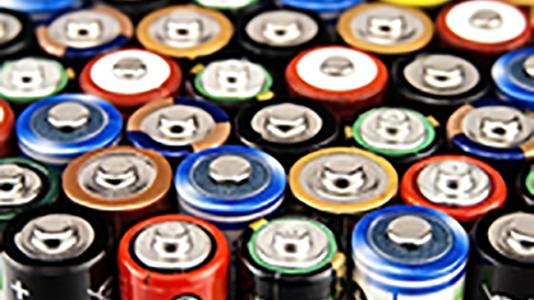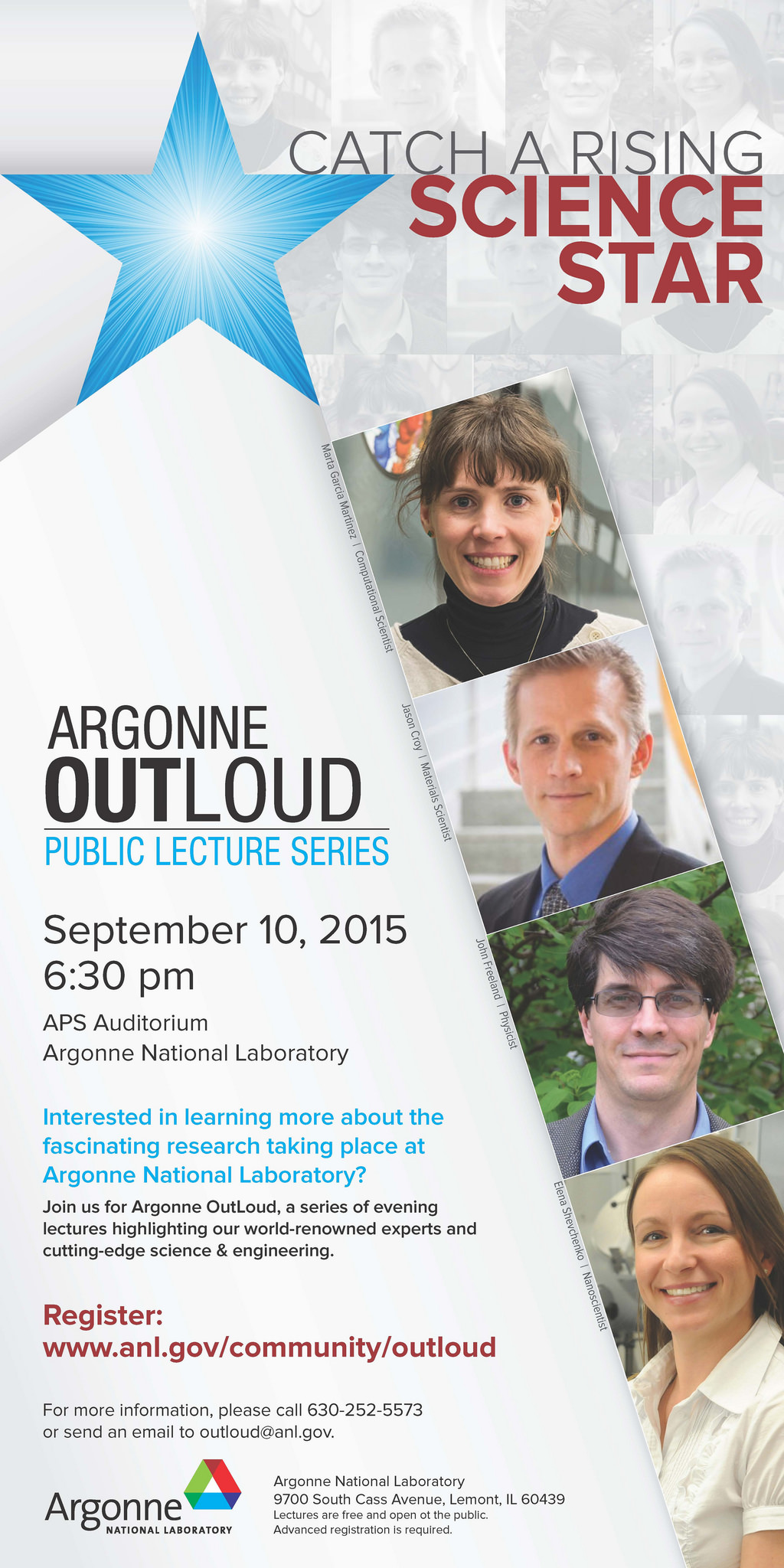
Argonne OutLoud’s next public lecture, Catch a Rising Science Star, features four up-and-coming researchers tackling some of the world’s toughest scientific questions.
We sat down with one of these scientists, battery researcher Jason Croy, to pick his brain about the things we may not know about batteries.
First introduced to the world inside a ’90s-era Sony Walkman, modern lithium-ion batteries have changed when, where and how we enjoy our favorite pastimes. Robust and energy dense, the lithium cobalt oxide (LiCoO2) and graphite (think pencil lead) that make up the two different sides of a battery power our cellphones, laptops, power tools and even Tesla electric cars.
But how does a battery work?
Break up to make up
When you charge your device, you move electricity from your wall’s outlet to the battery. As this energy enters one side of the battery, it forces lithium ions and electrons out of the LiCoO2 mixture, each one taking a different path to reach the other side of the battery, where they recombine later in the graphite. When all the lithium and associated electrons are forced from the LiCoO2 and stored in the graphite, the battery is fully charged and you’re ready to go.
So, what happens when you unplug your phone after it’s charged? Now you are using stored energy. Using your phone forces those lithium atoms and electrons out of the graphite and back to the LiCoO2. The moving electrons make up the current that powers your phone.
Why can’t my cellphone battery last more than a day?
Email, cameras, GPS, Bluetooth, touch screens and phone calls: every time you use one of these applications you are moving those lithium ions and electrons back to the other side of the battery to provide power. And don’t forget about those programs that run in the background for applications and updates. Those notifications from Facebook and Whatsapp? Yup. They’re using your battery’s power every time they access the internet or perform a function.
Why do cell phone batteries get hot?
Batteries are devices that deliver an electric current and the more current you use, the more heat you generate. If your device is just sitting, doing mostly nothing, chances are that it won’t get noticeably warm. But if you have a device that can charge quickly (~1 hour) or you use a lot of apps, then a lot of current gets passed in a short time, so the battery will get warm.
Why do we need better batteries?
Demand: consumers want to be able to use their battery-powered devices longer. For this, new battery chemistries will have to be invented.
We also need larger-capacity batteries for electric vehicles that can match the driving range of a gas-fueled car and electric grid storage that can provide power to a house or business in the case of a power outage.
A battery must balance safety, cost, energy, power and overall lifetime for supreme performance. Many of these properties will have to be improved, depending on the intended application, because of the world’s increasingly diverse and complex energy needs.
Argonne National Laboratory seeks solutions to pressing national problems in science and technology. The nation’s first national laboratory, Argonne conducts leading-edge basic and applied scientific research in virtually every scientific discipline. Argonne researchers work closely with researchers from hundreds of companies, universities, and federal, state and municipal agencies to help them solve their specific problems, advance America’s scientific leadership and prepare the nation for a better future. With employees from more than 60 nations, Argonne is managed by UChicago Argonne, LLC for the U.S. Department of Energy’s Office of Science. For more, visit www.anl.gov.
The Department of Energy’s Office of Science is the single largest supporter of basic research in the physical sciences in the United States, and is working to address some of the most pressing challenges of our time. For more information, please visit science.energy.gov.

